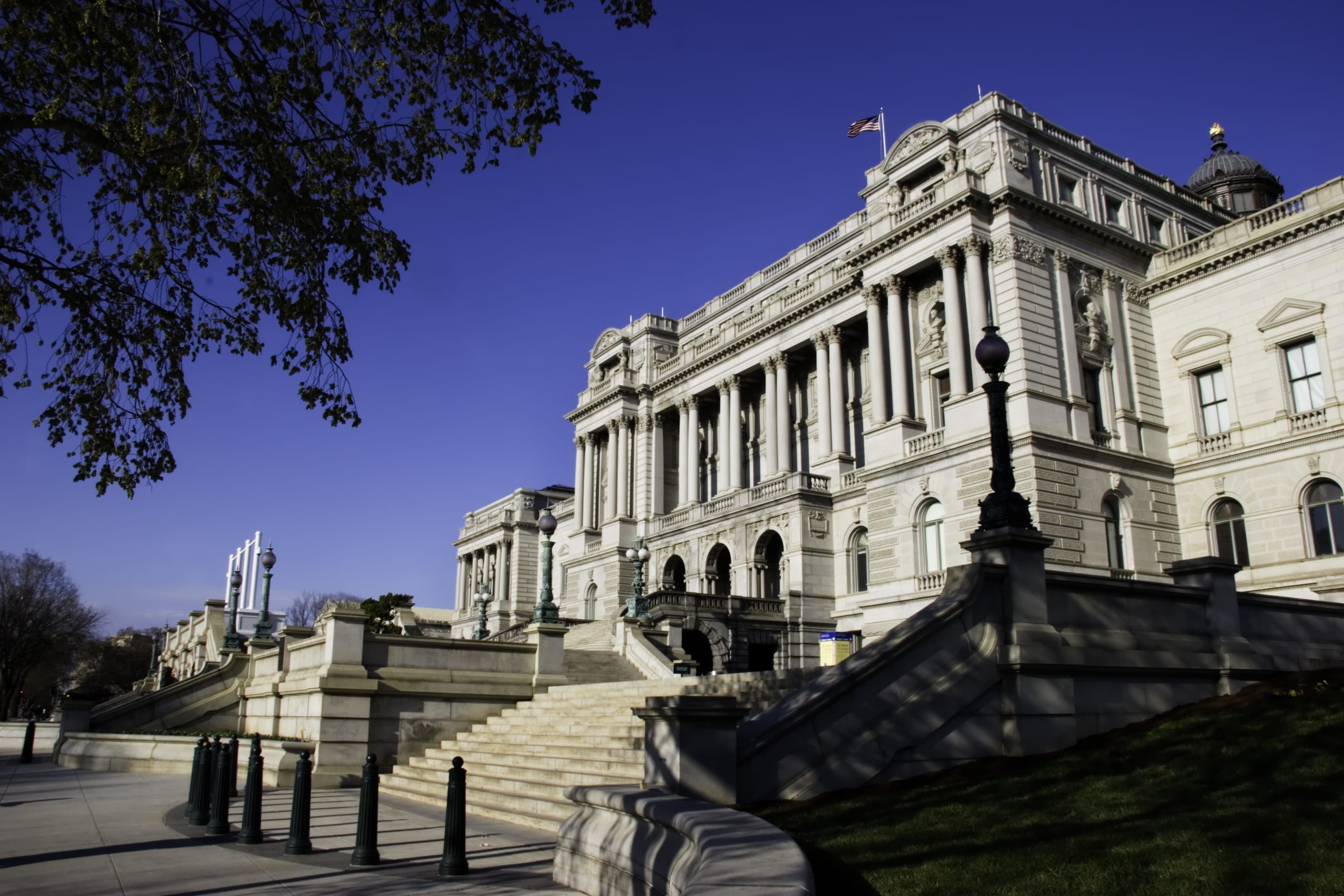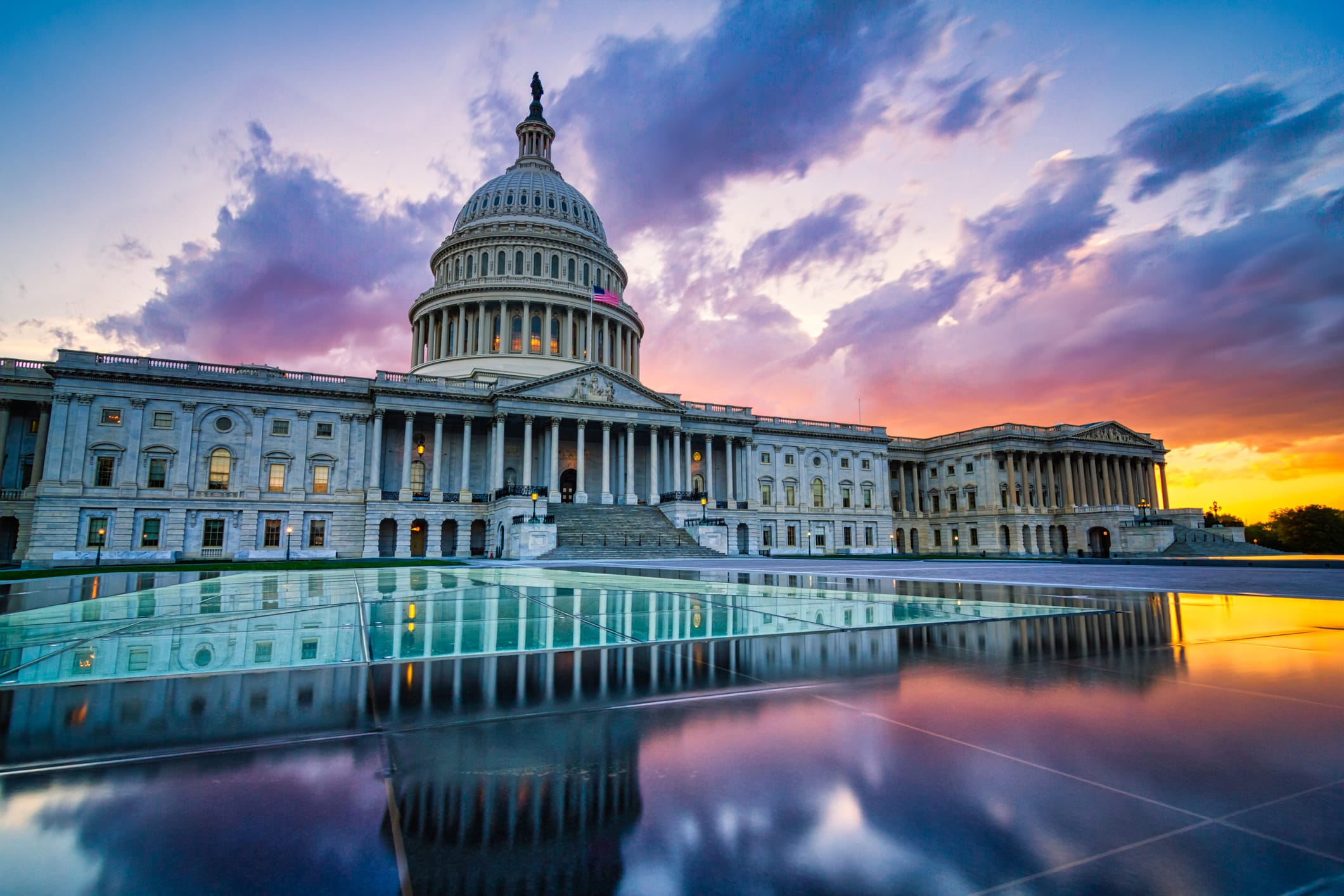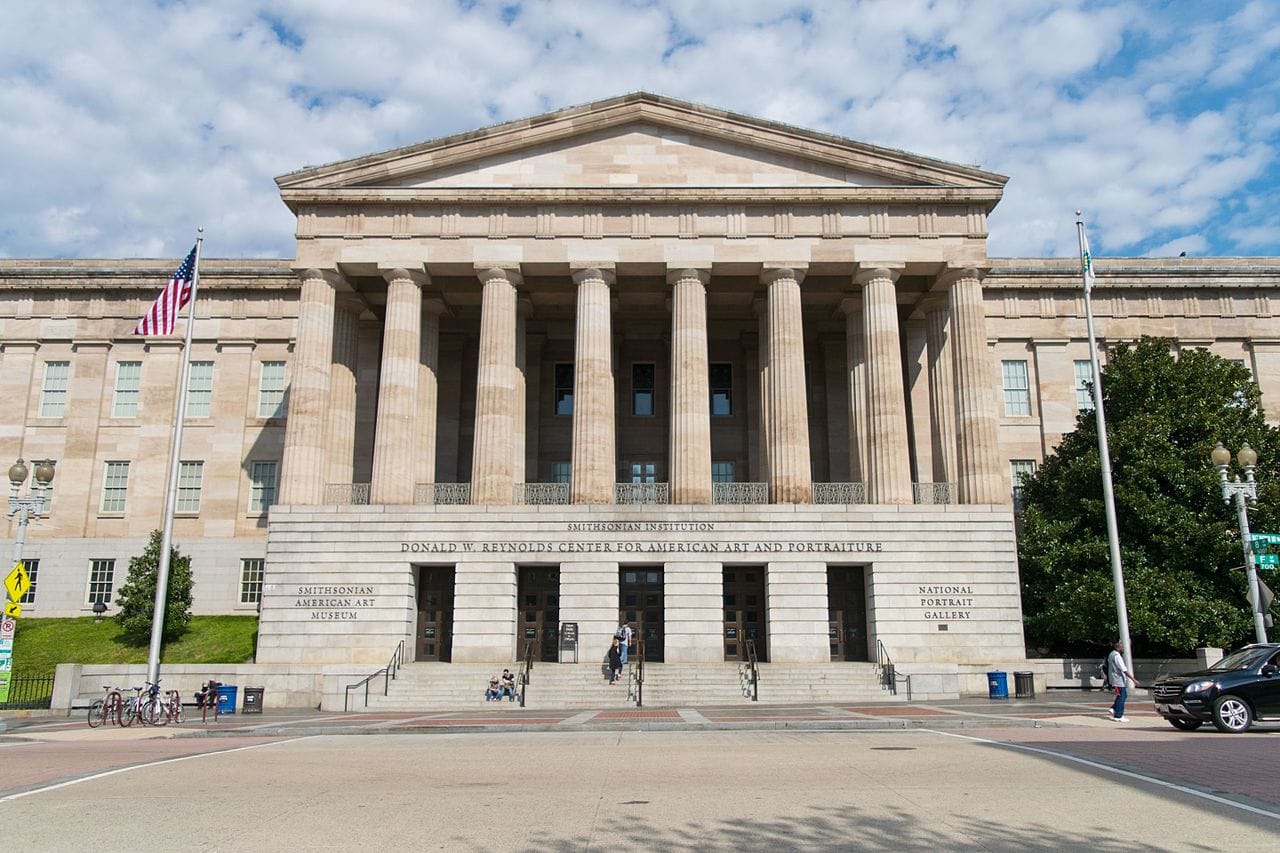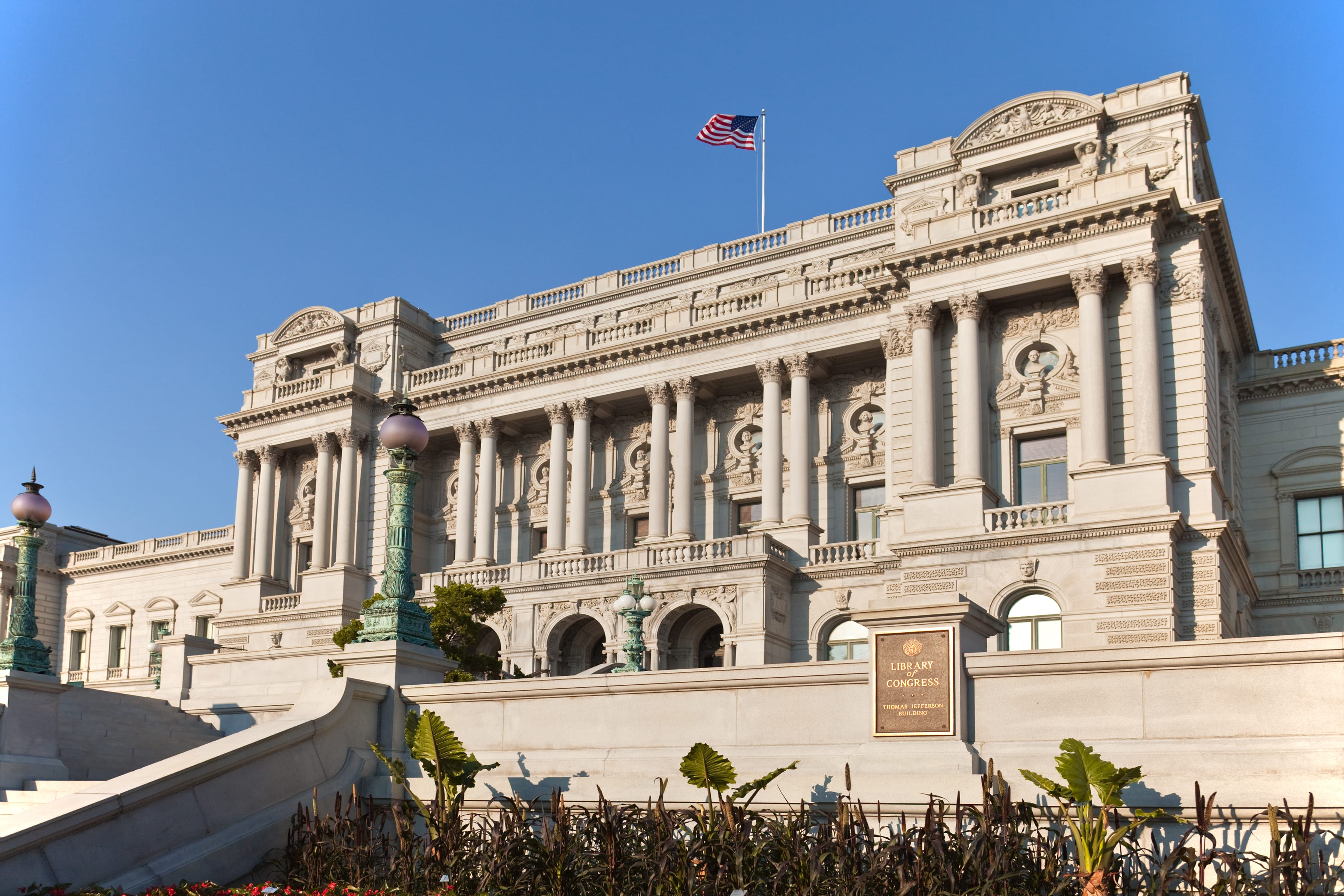
The Swamp Has Some Style
Washington, D.C. is home to some of the country’s most influential buildings, not only because of the symbolism and history they hold but also their immaculate designs with overwhelming detail. Architectural fanatics will enjoy walking the streets and seeing Neoclassical, Georgian, Gothic, and Modern designs. And while Washington, D.C. is not a state and is only 68 square miles (about the same size as Brooklyn, New York), it’s chock-full of stunning architecture. It’s difficult to choose the most iconic building in Washington, D.C., so here are the leaders in D.C. architecture.
Most Iconic Buildings in Washington, D.C.
Our nation’s capital is filled with architectural marvels that are diverse in their styles but similar in that they all serve a purpose and are impactful. The U.S. is often called a melting pot, and D.C.’s architecture reflects that by incorporating ancient Egyptian, Greek, Roman, and medieval European architecture.

U.S. Capitol Building
Located on Capitol Hill, the Capitol Building is one of the most powerful properties in the nation. The building is visited by an estimated 3.5 million people annually and for good reason. On top of being a significant structure, the U.S. Capitol Building is among the most architecturally impressive and important buildings in the world. To find the best design, Thomas Jefferson held a competition in 1792 with the winning bid earning $500. Completed in 1800 by British-American architect William Thornton, the original building did not include the iconic dome in the center of the structure; this focal-point feature wasn’t added until the 1850s.
The building is a prime example of Neoclassical architecture and resembles Greek and Roman designs, which reflects our political leanings in a beautifully subtle way. After all, our nation’s founders were inspired and guided by both Greek and Roman philosophy, culture, government, and business.

Donald W. Reynolds Center for American Art and Portraiture
Originally called the Old Patent Office because it served as one of the earliest U.S. Patent Office buildings, the Donald W. Reynolds Center for American Art and Portraiture was re-named after extensive renovations in 2006 that were primarily funded by the Donald W. Reynolds Foundation. This building has seen plenty of history. In addition to once being a U.S. Patent Office, it was used as a hospital during the Civil War, and it was almost demolished in the 1950s before it was turned over to the Smithsonian. This prized property, which takes up an entire block, is now a treasured landmark.
The building houses two Smithsonian Institution museums: the National Portrait Gallery and the Smithsonian American Art Museum.
The building was designed in the Greek Revival style by architect Robert Mills. Completed in 1836, the massive structure took 31 years to build. Mimicking traditional Greek architectural style, it features beautiful marble columns, and the building’s facade mirrors the exterior of Greek temples.

Library of Congress
Not only is the Library of Congress an architectural wonder inside and out, but it also happens to be the largest library in the world. It houses more than 170 million items, including thousands of volumes that are historical rarities. These documents have long been used by the policymakers of our nation, from its inception to the present day — though they were nearly lost centuries ago.
After D.C. was burned during the War of 1812 — destroying the Capitol, including the congressional library — Thomas Jefferson came to the rescue, selling his personal library of 6,487 books to Congress.
Jefferson’s belief in the power of knowledge and the direct link between knowledge and democracy has shaped the library’s philosophy of sharing its rich, often unique collections and services as widely as possible.
The building's detailed sculptures were intended to exude the architectural style of the Italian Renaissance. Nowadays, however, the library is considered to be a prime example of the Beaux-Arts style thanks to its theatrical, highly ornamented appearance that wonderfully captured the spirit of our nation’s youth.
Of course, we’ve only scratched the surface in terms of influential D.C. architecture — we didn’t even mention that Darth Vader adorns the National Cathedral as a gargoyle. Which Washington, D.C. marvels of architecture are your favorites? Tell us in the comments below!
Take On 2021 With the Best Washington, D.C. Real Estate Courses From The CE Shop
Enroll in our Pre-Licensing program now to get your career started and begin connecting your fellow residents with the home of their dreams. Or keep going strong with one of our comprehensive, 100% online Continuing Education packages. Want to stay up to date on everything in Washington, D.C.? Join the Mid-Atlantic Real Estate Facebook Group!
The content provided on this website is deemed accurate at the time of creation.


Comments